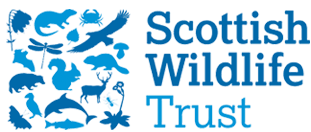
Status
Complete
Network
Habitat
Garnock Floods
Most of this Wildlife Reserve is a cattle-grazed flood meadow with scraped hollows and a large pond of permanent water. A planted open woodland strip follows the western edge while the east boundary is marked by dense scrub. The north boundary is the River Garnock. It has a flowery flood-prevention embankment along the top of which is a grass path that enables pedestrian access.
Garnock Floods sits within an extensive semi-natural area comprising wetlands, salt marsh, mudflats and a wide range of sand-based habitats. Birds and other mobile species benefit from being able to travel around this ecological unit.
The site used to attract hundreds of wading birds in the autumn and winter when there was plenty of exposed mud. More recently, deep flood water covered the mud for long periods, denying the birds a meal and reducing the spectacle. It also discouraged the cows from grazing the rushes, allowing this plant to take over better habitat and potential bare ground. The resultant vegetation cover was a dense, impenetrable monoculture of rush tussocks with limited value for birds.
The site used to attract hundreds of wading birds in the autumn and winter when there was plenty of exposed mud. More recently, deep flood water covered the mud for long periods, denying the birds a meal and reducing the spectacle. It also discouraged the cows from grazing the rushes, allowing this plant to take over better habitat and potential bare ground. The resultant vegetation cover was a dense, impenetrable monoculture of rush tussocks with limited value for birds.
The Garnock Floods project helped us to install a water control system that allowed us to divert water away from the ponds when the waders need mud, but send it into them at other times to create that mud in the first place. Less flood water and the new fence also allowed the cows to eat and trample the rushes which - along with cutting annually - will greatly reduce their effect on the habitats.
On top of that, we converted a disused grain silo into a wildlife hide. So whether you're looking for lapwing, snipe or something else on the reserve, you now have the perfect place to spot from.
The work was also funded by the European Communities Life+ programme.

Outputs achieved
3 sluices installed
2 new outflow pipes installed
3 old outflow pipes blocked
1000m of fencing installed
1 wildlife hide installed

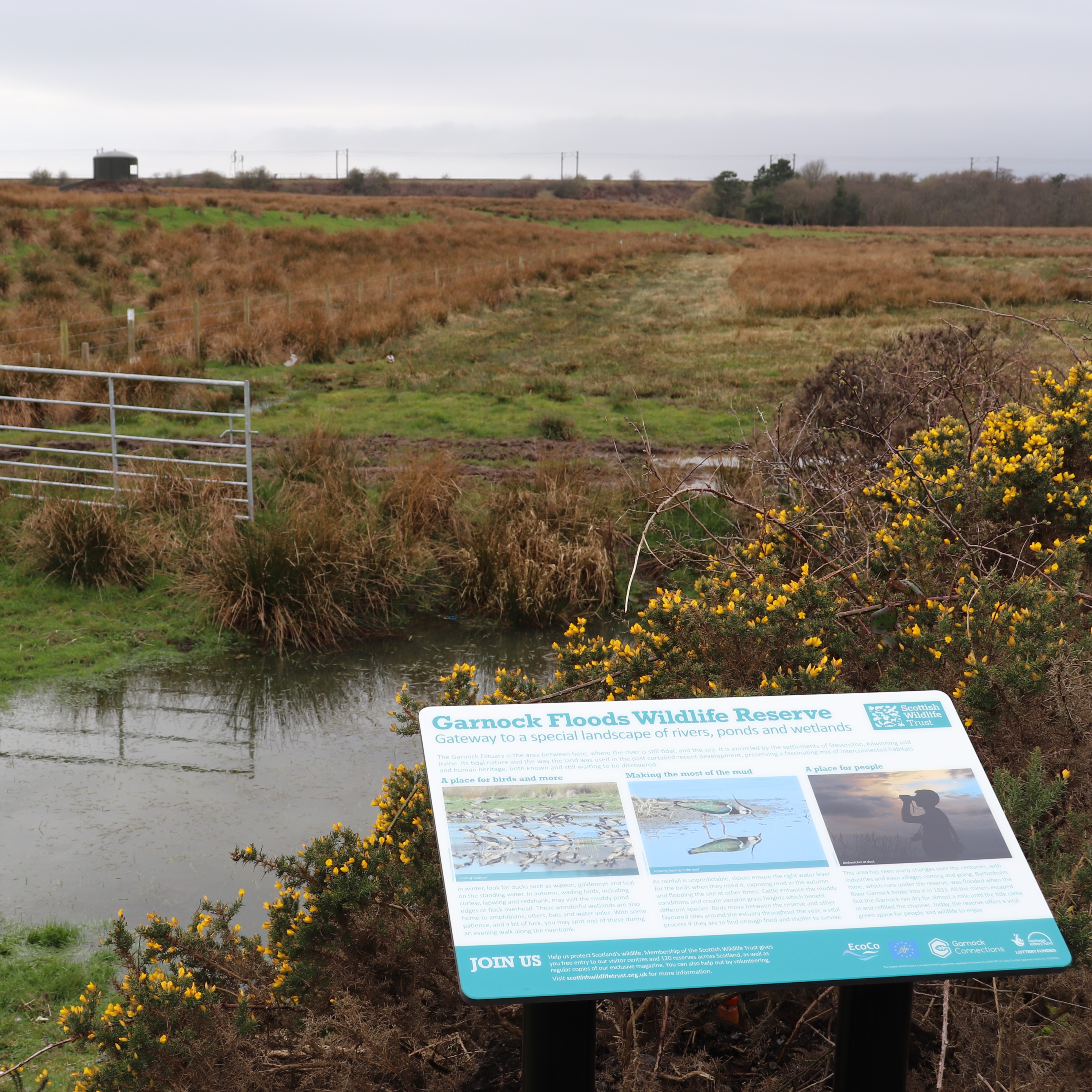

New information board at Garnock Floods
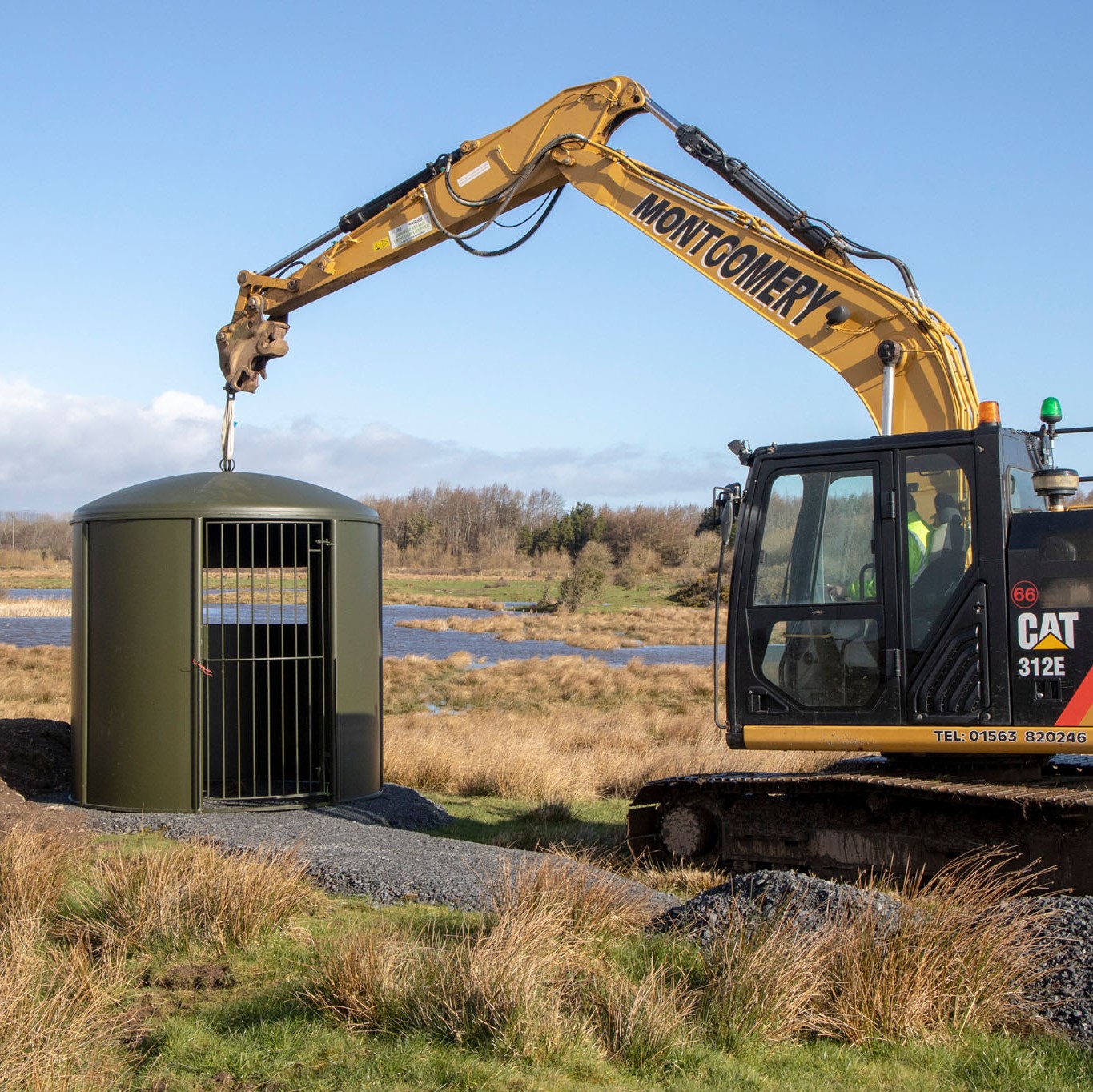

Delivery of the new hide
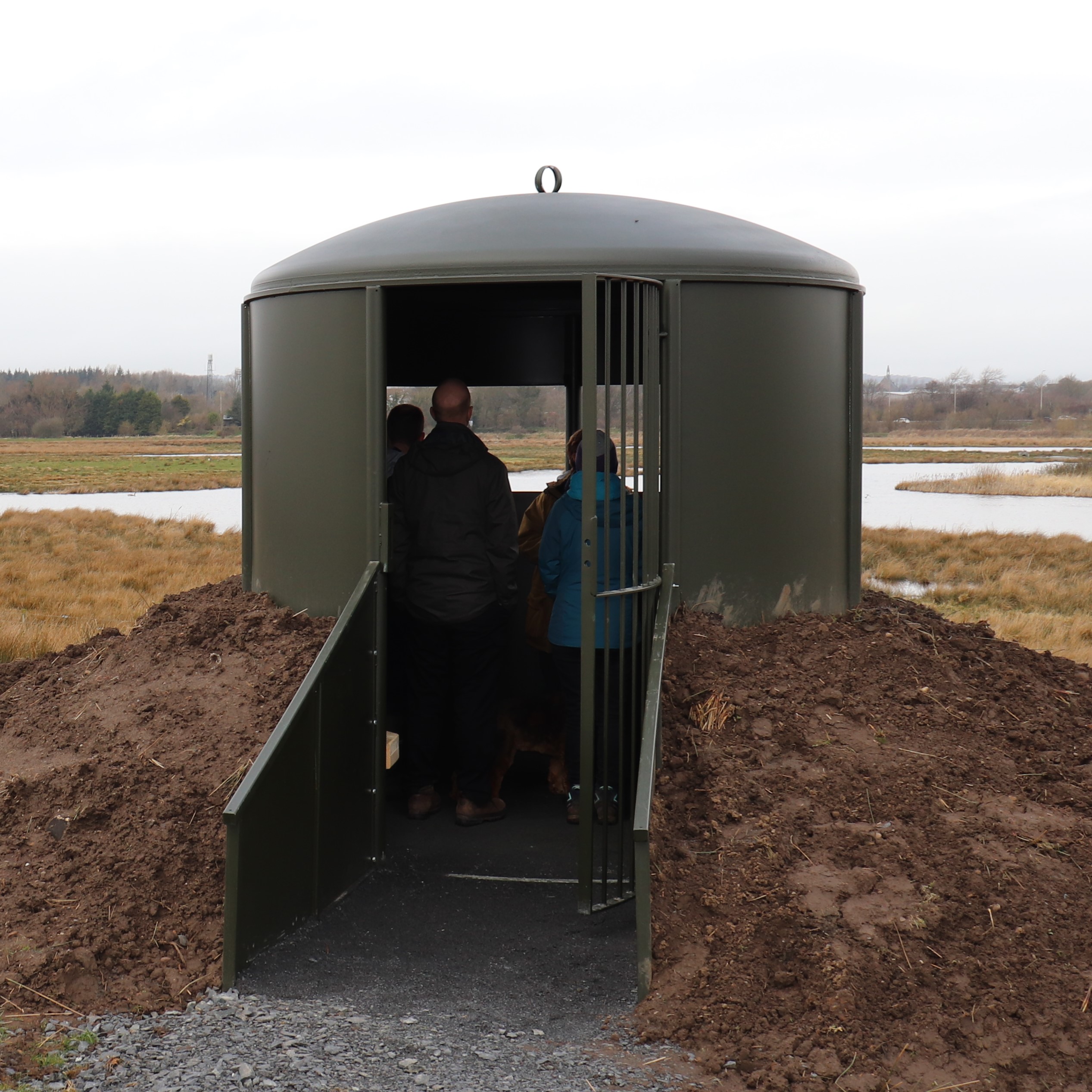

Visitors enjoying the new hide at Garnock Floods
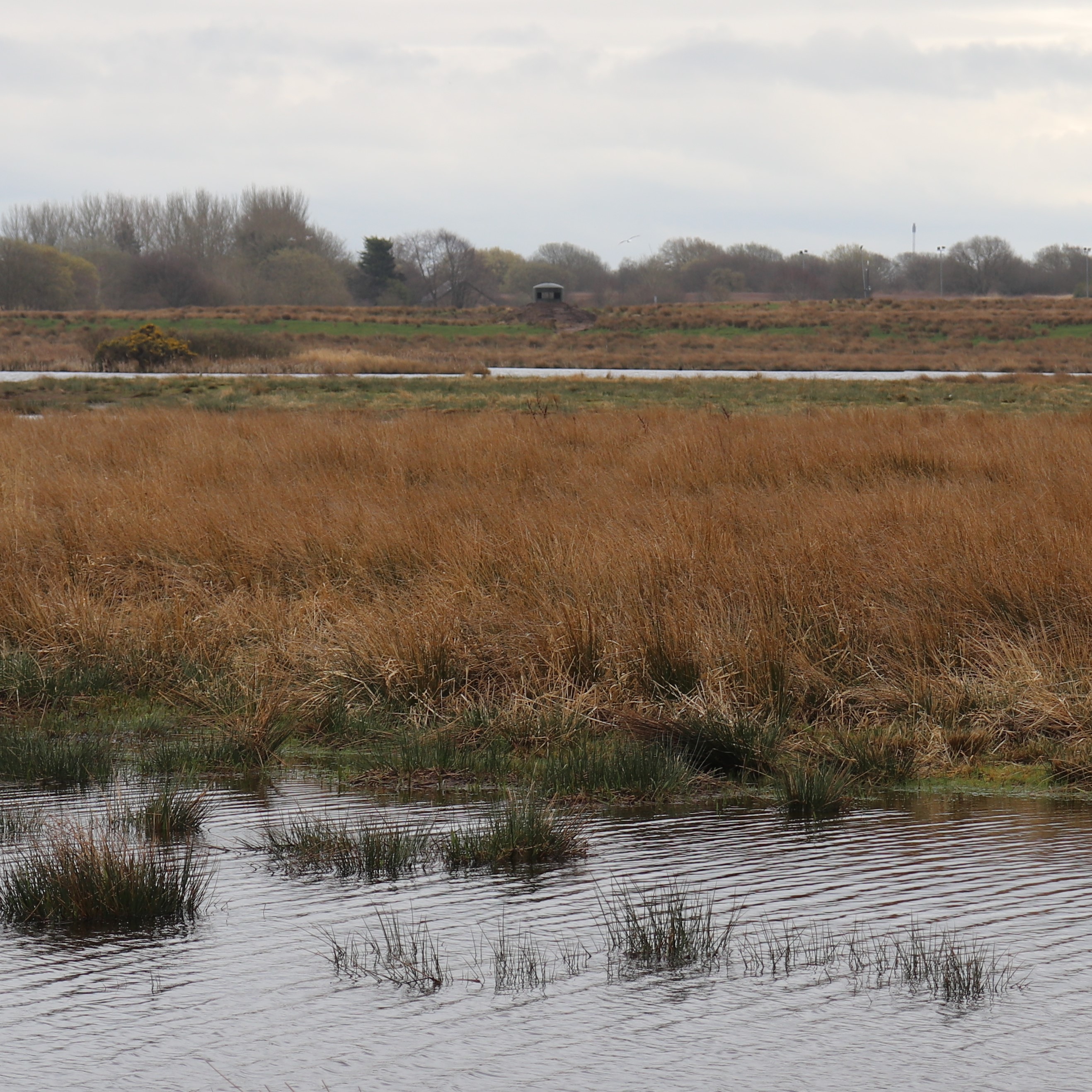

The new hide at Garnock Floods
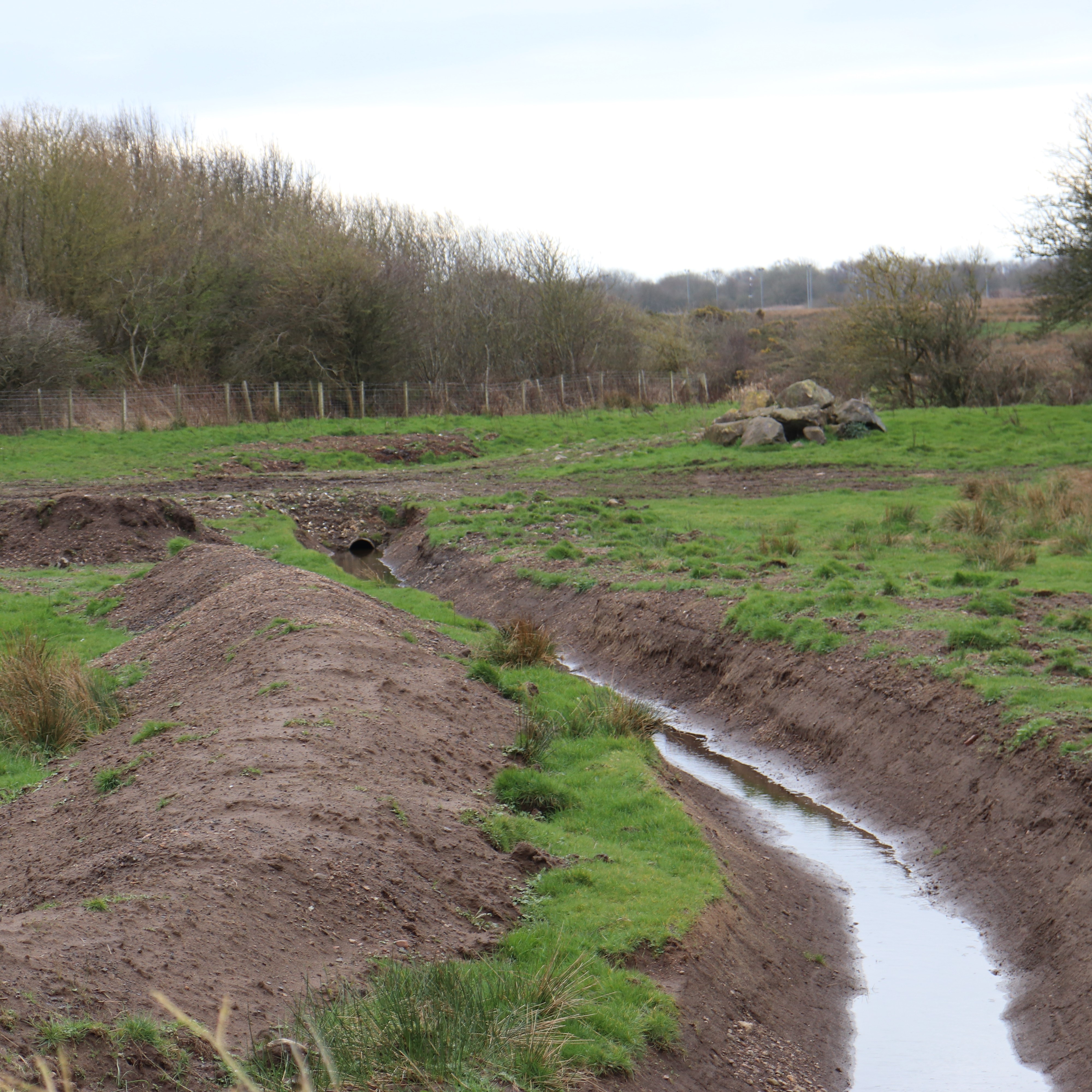

Work on the water control system at Garnock Floods
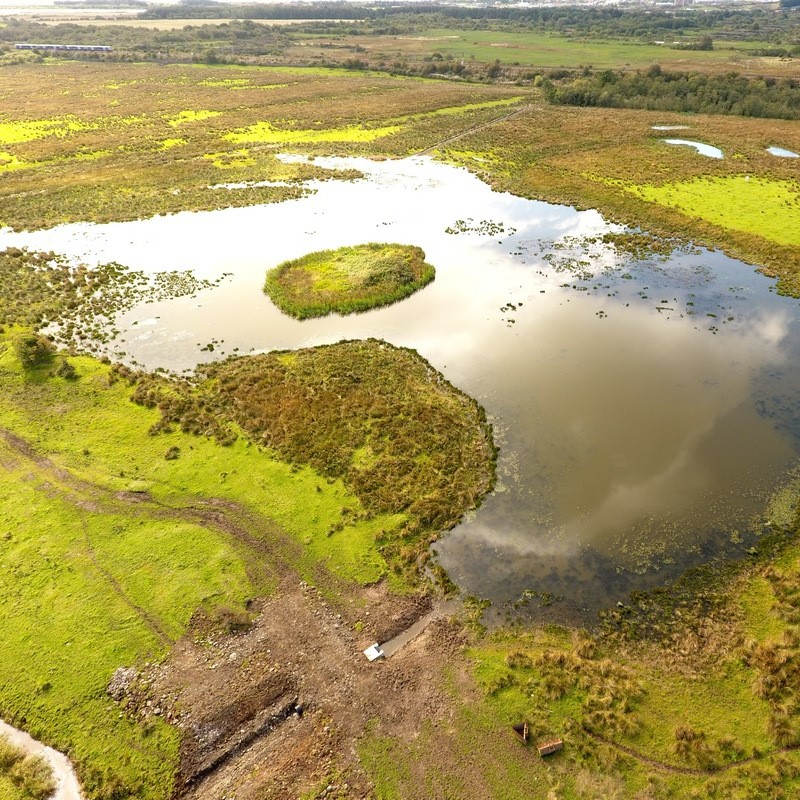

Aerial view of Garnock Floods
Did you know?
The teal is our smallest British native duck. The collective noun for a group of them is a “spring” because of the way the they take off vertically when disturbed.
Contact Details
Name: Gill Smart, Scottish Wildlife Trust's Reserve Manager for Southwest Scotland
Email: gsmart@scottishwildlifetrust.org.uk
Phone: 01294 279 376

